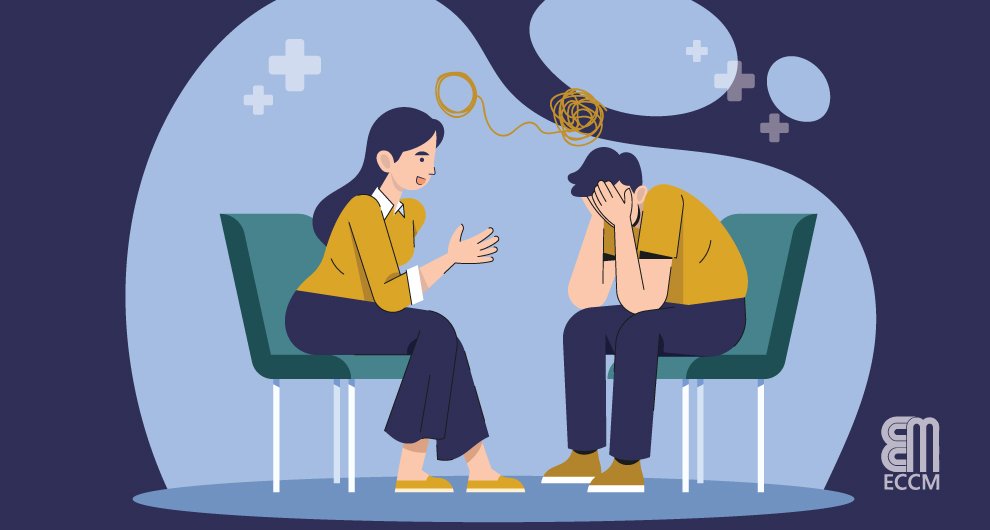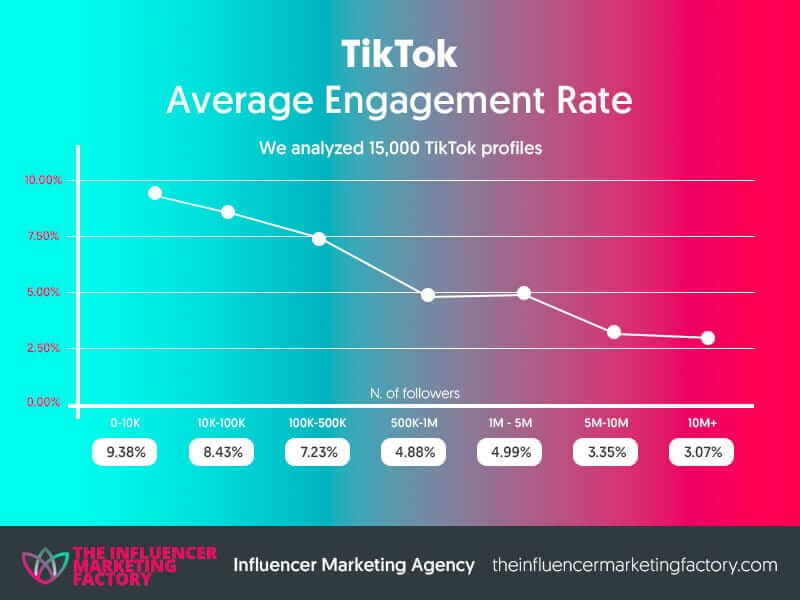Mental Health Care: Addressing The Urgent Need For Improvement

Table of Contents
The Accessibility Crisis in Mental Health Care
The current mental health care system faces a significant accessibility crisis, leaving many individuals without the support they desperately need. This crisis manifests in two primary ways: limited access to affordable treatment and excessively long wait times for appointments.
Limited Access to Affordable Treatment
The high cost of therapy, medication, and inpatient care creates insurmountable barriers for a substantial portion of the population. Many simply cannot afford the necessary services, resulting in untreated or undertreated conditions.
- Lack of insurance coverage: Many insurance plans offer inadequate coverage for mental health services, leaving individuals with substantial out-of-pocket expenses.
- High co-pays and deductibles: Even with insurance, high co-pays and deductibles can make treatment unaffordable for many.
- Limited availability of low-cost options: Options like sliding-scale fees or free community clinics are often overwhelmed and unable to meet the demand.
- Geographical limitations: Access to mental health professionals is often unevenly distributed, leaving individuals in rural or underserved areas with limited options.
The socioeconomic disparities in access to mental healthcare are particularly stark. Individuals living in poverty often face multiple barriers to care, including lack of transportation, childcare, and time off from work. Countries with underdeveloped healthcare systems also grapple with severe limitations in the availability of affordable mental health treatment.
Long Wait Times for Appointments
The problem of long waitlists for therapy and specialist appointments further exacerbates the accessibility crisis. Individuals often face weeks, months, or even years of delays before receiving the care they need.
- Shortage of mental health professionals: A critical shortage of psychiatrists, psychologists, and other mental health professionals contributes significantly to long wait times.
- Inefficient referral systems: Navigating the referral process can be complex and time-consuming, leading to further delays in treatment.
- Bureaucratic hurdles: Excessive paperwork and administrative barriers can create unnecessary obstacles for individuals seeking care.
Delayed treatment can have severe consequences, leading to worsening symptoms, increased risk of hospitalization, and a reduced chance of a full recovery. Addressing these wait times requires a multi-pronged approach, including increasing the number of mental health professionals, streamlining referral systems, and reducing bureaucratic burdens.
The Stigma Surrounding Mental Illness
The pervasive stigma associated with mental illness remains a major obstacle to seeking help. This stigma prevents many individuals from acknowledging their struggles, seeking professional help, or openly discussing their experiences.
Societal Attitudes and Discrimination
Negative societal attitudes and discriminatory practices perpetuate the stigma surrounding mental illness.
- Fear of judgment: Many individuals fear being judged, stigmatized, or discriminated against by family, friends, colleagues, or society at large.
- Social isolation: Stigma can lead to social isolation and feelings of shame, further hindering recovery.
- Discrimination in employment and education: Individuals with mental health conditions may face discrimination in the workplace and educational settings.
Stigma often manifests in subtle but harmful ways, including minimizing someone’s experience, using insensitive language, or making assumptions about their capabilities. Media portrayals of mental illness also play a significant role, often reinforcing negative stereotypes.
Improving Public Awareness and Education
Reducing stigma requires a concerted effort to improve public awareness and education about mental illness.
- Government initiatives: Governments can play a crucial role by launching public education campaigns to promote understanding and reduce prejudice.
- School programs: Implementing comprehensive mental health education programs in schools can help to destigmatize mental illness among young people.
- Social media campaigns: Utilizing social media platforms can reach a wider audience and facilitate open conversations about mental health.
- Celebrity endorsements: High-profile figures can help to raise awareness and normalize discussions about mental health.
Effective stigma reduction strategies require a multifaceted approach, combining targeted education campaigns with broader efforts to promote inclusivity and understanding.
The Need for Innovation in Mental Health Treatment
Improving mental health care requires embracing innovation and exploring new approaches to treatment and service delivery.
Technological Advancements in Mental Healthcare
Technology offers significant potential to improve access and the quality of mental health care.
- Online therapy platforms: Telehealth services provide convenient and accessible options for individuals who may not have access to in-person care.
- Mental health apps: Mobile apps offer self-help tools, support groups, and tracking functionalities to aid in managing mental health conditions.
- AI-powered diagnostic tools: Artificial intelligence can aid in the early detection and diagnosis of mental health conditions.
While technology presents numerous benefits, it is crucial to address potential limitations, including concerns about data privacy, security, and the need for appropriate ethical guidelines.
Integrating Mental and Physical Healthcare
Integrating mental health services into primary care settings is crucial for providing holistic care.
- Collaborative care models: Collaborative care models involve teams of primary care physicians, mental health professionals, and other healthcare providers working together to provide coordinated care.
- Integrated health systems: Integrated health systems aim to seamlessly integrate mental health services into primary care settings, reducing fragmentation and improving access.
- Improved training for primary care providers: Equipping primary care providers with the skills to screen for and address mental health concerns is essential.
Integrating mental and physical healthcare can lead to improved patient outcomes, reduced healthcare costs, and a more efficient and effective healthcare system.
Conclusion
Improving mental health care is a complex challenge requiring a multi-pronged approach. Addressing the accessibility crisis, reducing the stigma surrounding mental illness, and embracing technological innovation are all critical steps towards creating a more equitable and effective system. The need for accessible and affordable mental health services is urgent, and addressing these issues requires a collective effort from individuals, healthcare providers, policymakers, and communities. Let's work together to create a system that provides accessible, affordable, and stigma-free mental health services for all. Learn more about mental health resources in your area and get involved in advocating for better mental health care today.

Featured Posts
-
 Concerns Rise Among Kashmir Cat Owners Following Viral Posts
May 02, 2025
Concerns Rise Among Kashmir Cat Owners Following Viral Posts
May 02, 2025 -
 Fortnite Item Shop Update A Source Of Fan Frustration
May 02, 2025
Fortnite Item Shop Update A Source Of Fan Frustration
May 02, 2025 -
 Michael Sheens 100 000 Donation Helping 900 People Clear 1 Million Debt
May 02, 2025
Michael Sheens 100 000 Donation Helping 900 People Clear 1 Million Debt
May 02, 2025 -
 Doctor Who Future Russell T Davies Announces Plans For Seasons 4 And 5
May 02, 2025
Doctor Who Future Russell T Davies Announces Plans For Seasons 4 And 5
May 02, 2025 -
 Juridische Strijd Nieuw Duurzaam Schoolgebouw Kampen Kan Niet Op Stroomnet Worden Aangesloten
May 02, 2025
Juridische Strijd Nieuw Duurzaam Schoolgebouw Kampen Kan Niet Op Stroomnet Worden Aangesloten
May 02, 2025
Latest Posts
-
 Instagrams Growth Strategy Ceo Addresses Tik Toks Impact
May 10, 2025
Instagrams Growth Strategy Ceo Addresses Tik Toks Impact
May 10, 2025 -
 City Name Michigan A Students Guide To The Perfect College Town
May 10, 2025
City Name Michigan A Students Guide To The Perfect College Town
May 10, 2025 -
 The End Of Ryujinx Nintendos Action And The Impact On Switch Emulation
May 10, 2025
The End Of Ryujinx Nintendos Action And The Impact On Switch Emulation
May 10, 2025 -
 Profitable Dividend Investing Keep It Simple
May 10, 2025
Profitable Dividend Investing Keep It Simple
May 10, 2025 -
 Survival Of The Fittest Instagram Ceo On Competition With Tik Tok
May 10, 2025
Survival Of The Fittest Instagram Ceo On Competition With Tik Tok
May 10, 2025
